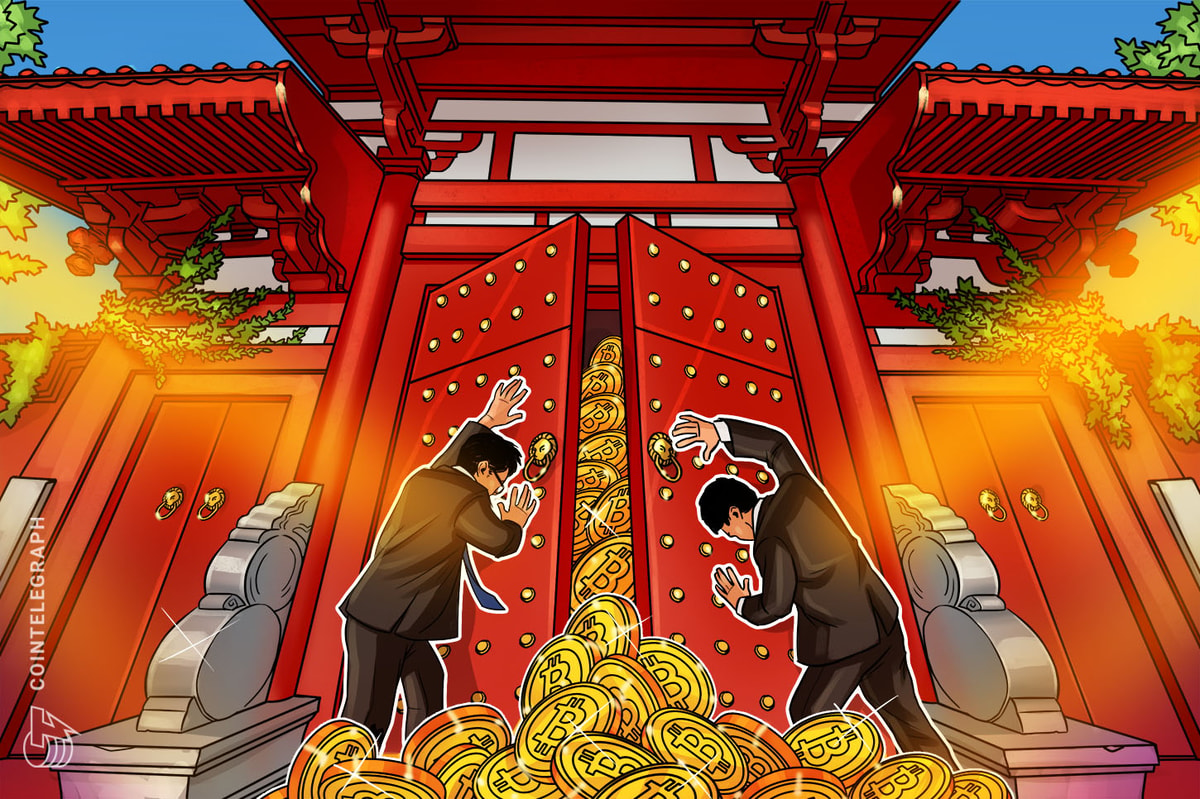
The Iranian government’s recently ratified cryptocurrency mining regulations are so severe that they appear to be forcing large-scale miners to move their operations abroad.
Days after President Hassan Rouhani’s cabinet implemented a set of cryptocurrency mining regulations on August 4, 2019, reports of miners packing up their gear to move started coming in.
Russia, Georgia, Kazakhstan, Armenia and even Iraq are among the top destinations deemed more hospitable to cryptocurrency mining by professional Iranian miners.
“I’ve been mining for years and I would always say ‘Iran,’ even to the Russians, but now I’m at a place where I say no to Iran if there are no changes,” an unidentified miner, who has allegedly moved to Irkutsk, Russia, said in a series of videos published on social media.
In its regulations, the Iranian government finally recognized cryptomining as an industry after more than a year of back and forth. It also said mining is legal both inside and outside of cities, as well as in free and special trade zones, provided applicants obtain a permit from the Ministry of Industry, Mine and Trade.
However, regulators also stipulated that the price of electricity offered to miners will be equal to the average rial price at which Iran exports its electricity to other nations, or to 70 percent of the average rial price at which the country ships off its natural gas.
That is the most problematic part of the regulations, which largely nips the fast-growing mining industry in the bud, according to the local crypto community.
“We welcome the fact that the government took a step to regulate and recognized crypto mining as an industry, but the energy prices are in no way economical or competitive and will only lead to capital flight,” the head of the nonprofit Iran Blockchain Community (IBC) Sepehr Mohammadi told Bitcoin Magazine.
“Why should this industry be different than any other and charge its players at export electricity prices as if they are foreigners?” he asked.
Cryptomining: A Misunderstood Industry
There are many more factors at play than energy prices.
As industrial players, cryptominers are subject to taxes — that is, unless they repatriate their foreign currency yields and sell them in NIMA, an online currency system for exporters designed by the Central Bank of Iran.
Moreover, the government is in the process of legalizing imports of cryptomining equipment that have so far been smuggled into the country, mostly by sea from Dubai. When that happens, miners would have to pay an additional import tariff.
The final cost of mining equipment that reaches Iranian consumers is already much higher compared to global markets. Two contributing factors are that the goods are smuggled and Iran’s national currency is weakened.
Iran was afflicted by a major currency crisis that saw the rial plunge more than 60 percent in value after United States President Donald Trump unilaterally withdrew from the country’s nuclear deal with world powers in May 2018, imposing a “maximum pressure” campaign of harsh economic sanctions. While the rial has relatively stabilized and regained some lost ground in recent months, imported goods are now much more expensive than they were last year.
“I keep hearing officials say that crypto mining is an immensely lucrative industry, but they don’t see the dark side of it and how high the associated risks can run,” crypto and blockchain researcher Hojjat Abbasi told Bitcoin Magazine.
The expenses that are often overlooked by regulators, he added, include the short, effective life span of devices; changing values of cryptocurrencies and the U.S. dollar; network difficulty; and the high cost of employing a workforce that will effectively need to supervise mining farms all day long, often in remote locations.
“You simply cannot have a fully precise prediction of the future of this industry,” Abbasi said.
Lack of Regulation, Clarity
Iran’s crypto community is disappointed but not particularly surprised by the government’s approach to regulating cryptomining, even though it signifies a complete reversal of their situation.
Before the August 4 directive, a lack of regulation meant that miners would be able to use cheap, subsidized, industrial-grade electricity throughout most months of the year at a typical cost of around $0.01 per kilowatt-hour that, at times, could go even lower.
But various factions of the government, especially the Ministry of Energy, started cracking down on miners at the start of summer, accusing them of putting an outsized strain on a power grid that had experienced regular power outages in previous years.
Thousands of mining devices have been confiscated in recent months on the grounds of being smuggled into the country and taking advantage of cheap electricity at the expense of the government. Most of them have yet to be returned to their private owners and it is unclear whether they will ever be returned.
A ‘Lose-Lose Situation’ for Cryptominers
Even after cryptomining was recognized by the government as an industry, authorities continued to send mixed signals to crypto enthusiasts.
Last week, the state-run IRNA published a report saying an unnamed individual was arrested with a single mining device in Mahabad, located in West Azerbaijan province. The suspect “confessed to being active in the bitcoin network during initial interrogations” and was handed over to the provincial judiciary, the news agency said.
IBC’s Mohammadi believes that if left in their current form, the government regulations will create a lose-lose situation for both the government and the private sector.
“We have cheap resources — some of which are wasted in transfer — that we can’t sell to the world due to U.S. sanctions,” he said. “And even if we could sell, it could take up to two years for the money to come back.”
So he believes it is highly misguided to restrict and drive away cryptominers who require no transfer infrastructures and can effectively turn electricity and gas into currencies that can be quickly cashed out.
National Consequences for Iran
The IBC is trying to lobby through the parliament and other entities to reform the regulations. If all fails, it will consider filing a formal complaint with the Administrative Court of Justice, Mohammadi said.
Abbasi, meanwhile, points out that power plants and cryptominers could be a perfect match. Power plants look for customers who have their money ready at hand, whose power consumption won’t fluctuate too much, and whose industry wouldn’t take too long to turn off during peak power consumption hours.
But the researcher believes a fixed electricity rate would be meaningless for an industry whose revenues are not predictable.
“I think crypto miners should be allowed to use the Iran Energy Exchange to be directly linked with power producers and get the prices that make sense for them at that particular time,” Abbasi said.
In addition to forcing cryptominers to consider options outside the country, the Iranian government’s new regulations would also drive many others to conduct their operations under the radar. Whether through prompting miners to secretly strike deals with power producers or encouraging people to plug in a handful of miners in their homes, the regulations signify a step backward in terms of transparency for the rising industry.
Lastly, the heavy-handed regulations will also deter potential foreign investors, many of whom were actually being lured to Iran by the cheap electricity prices last year.










